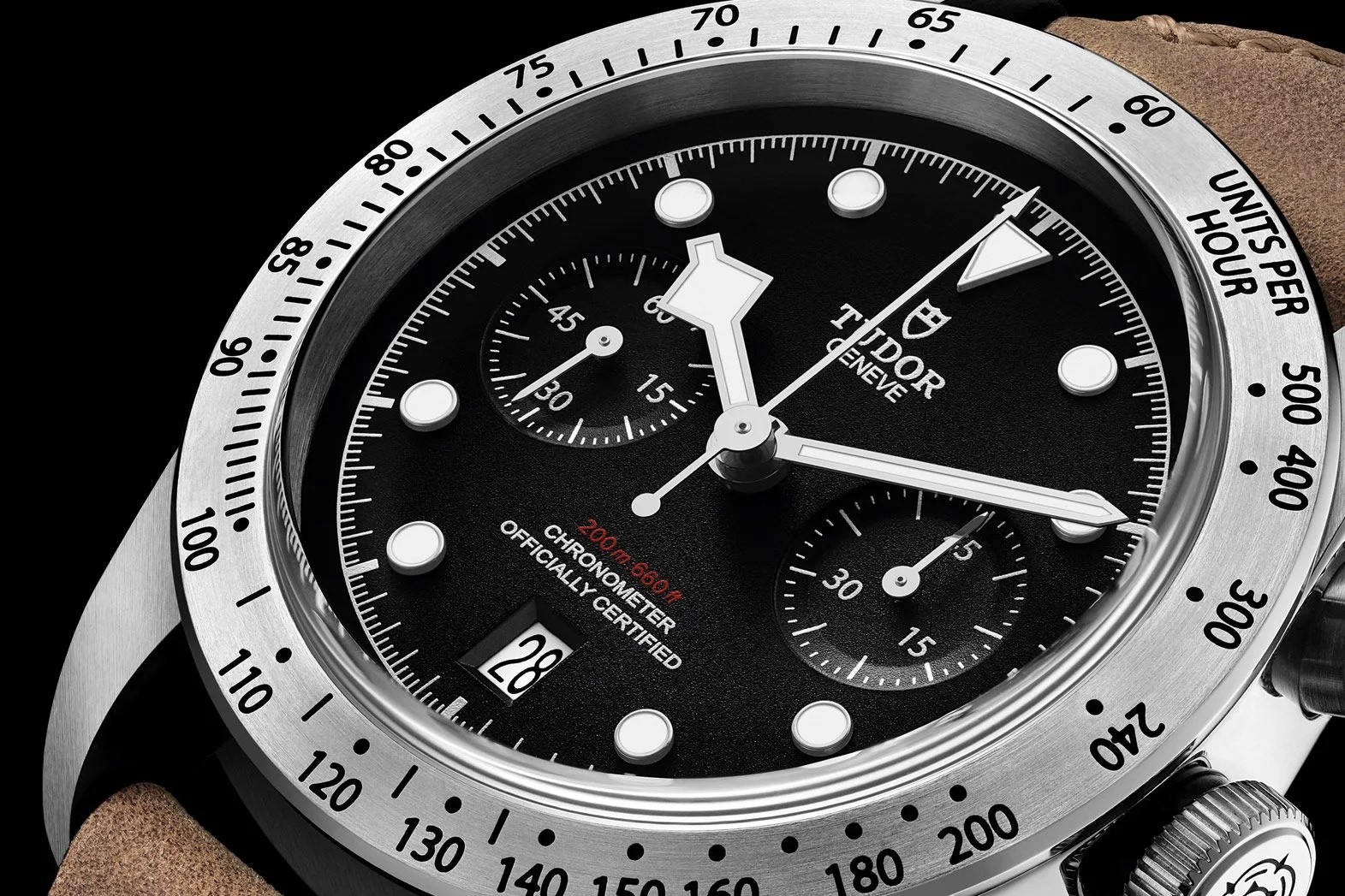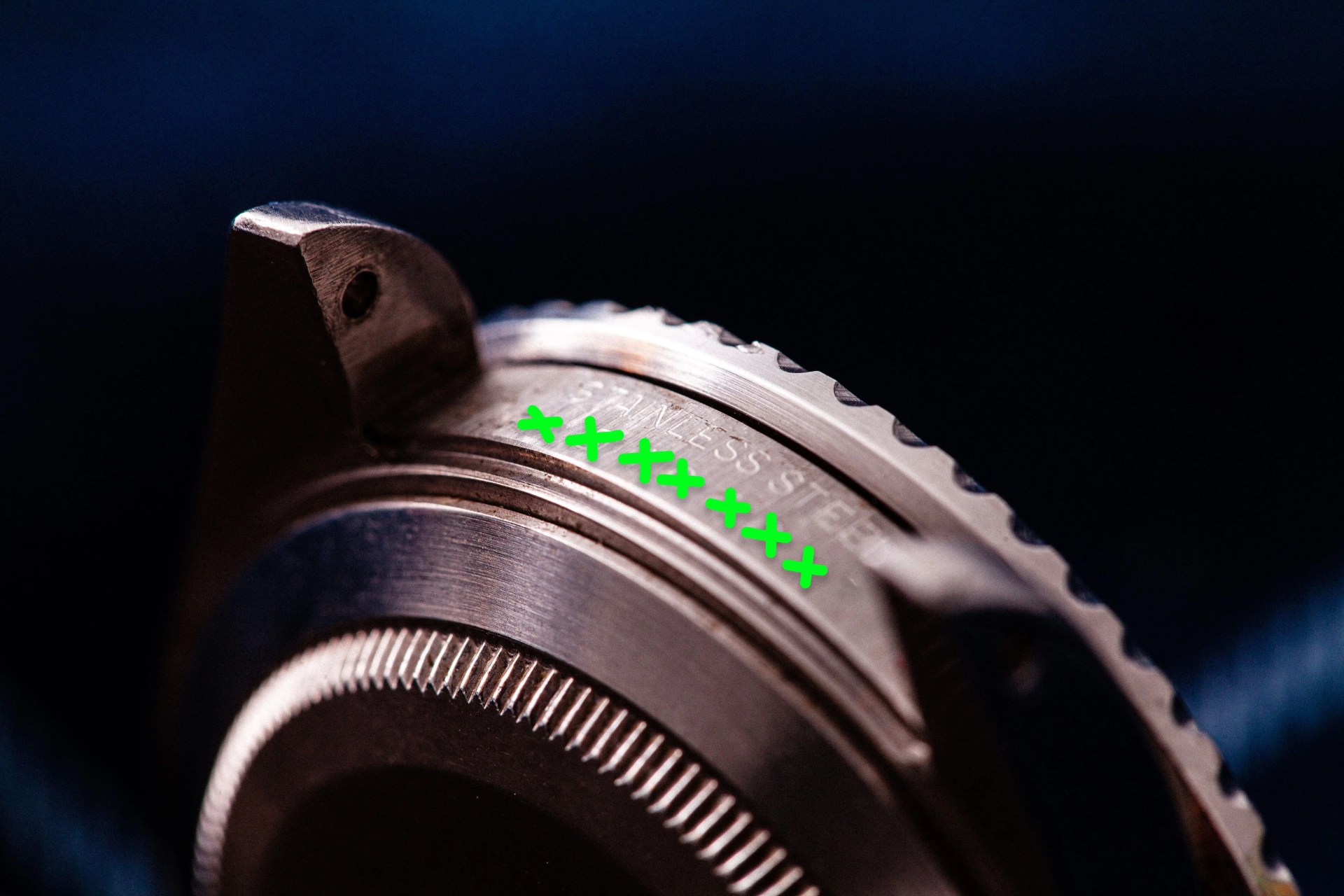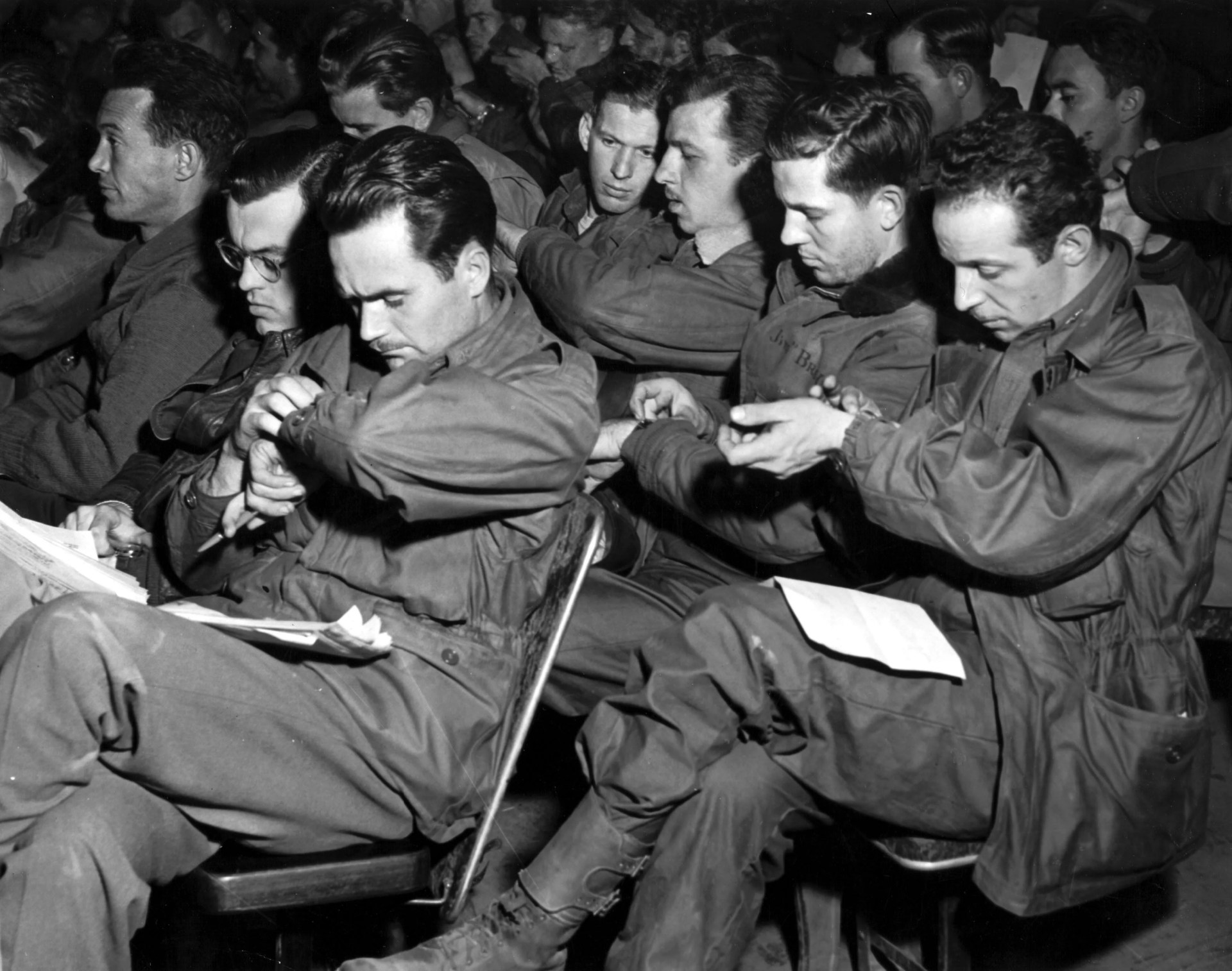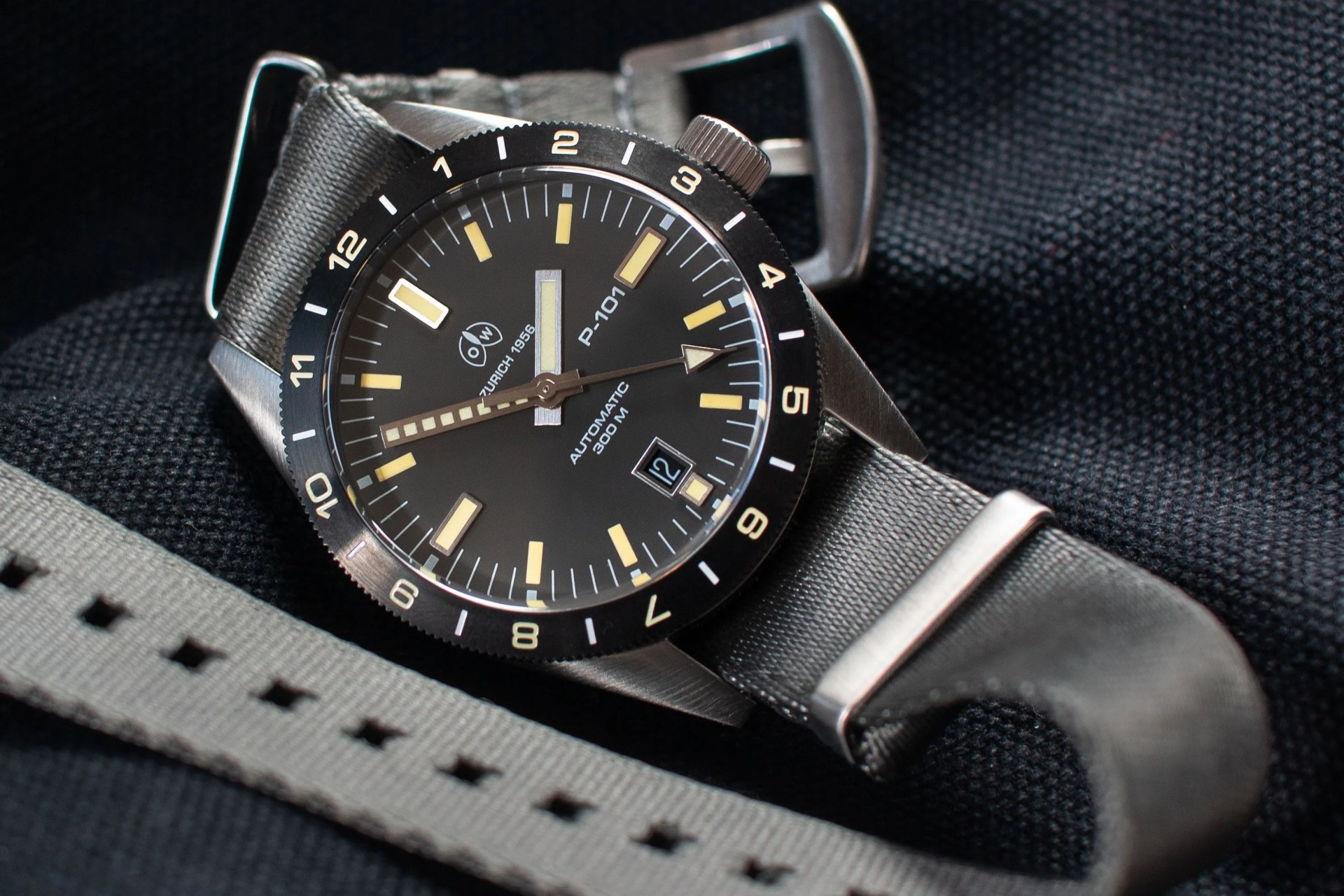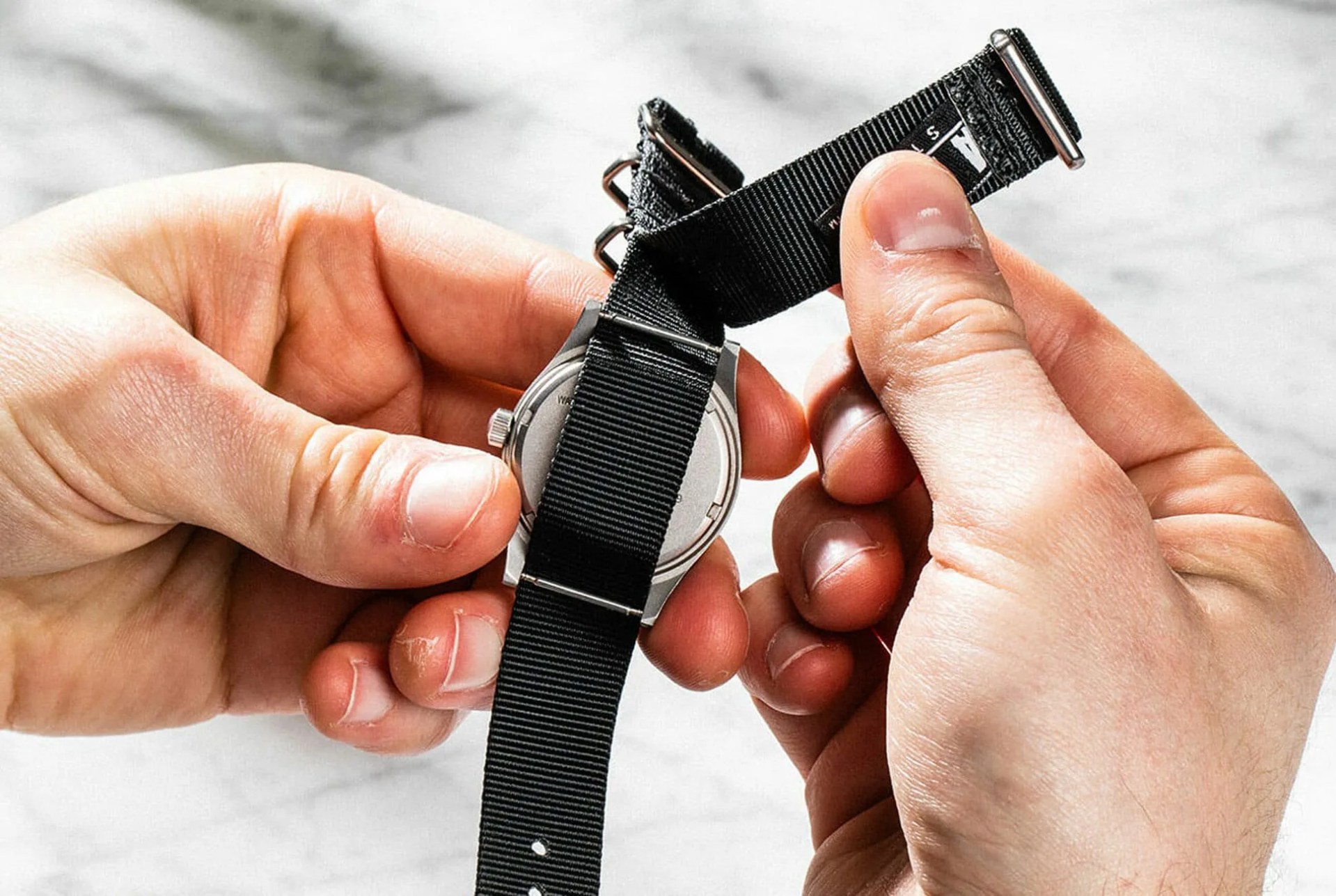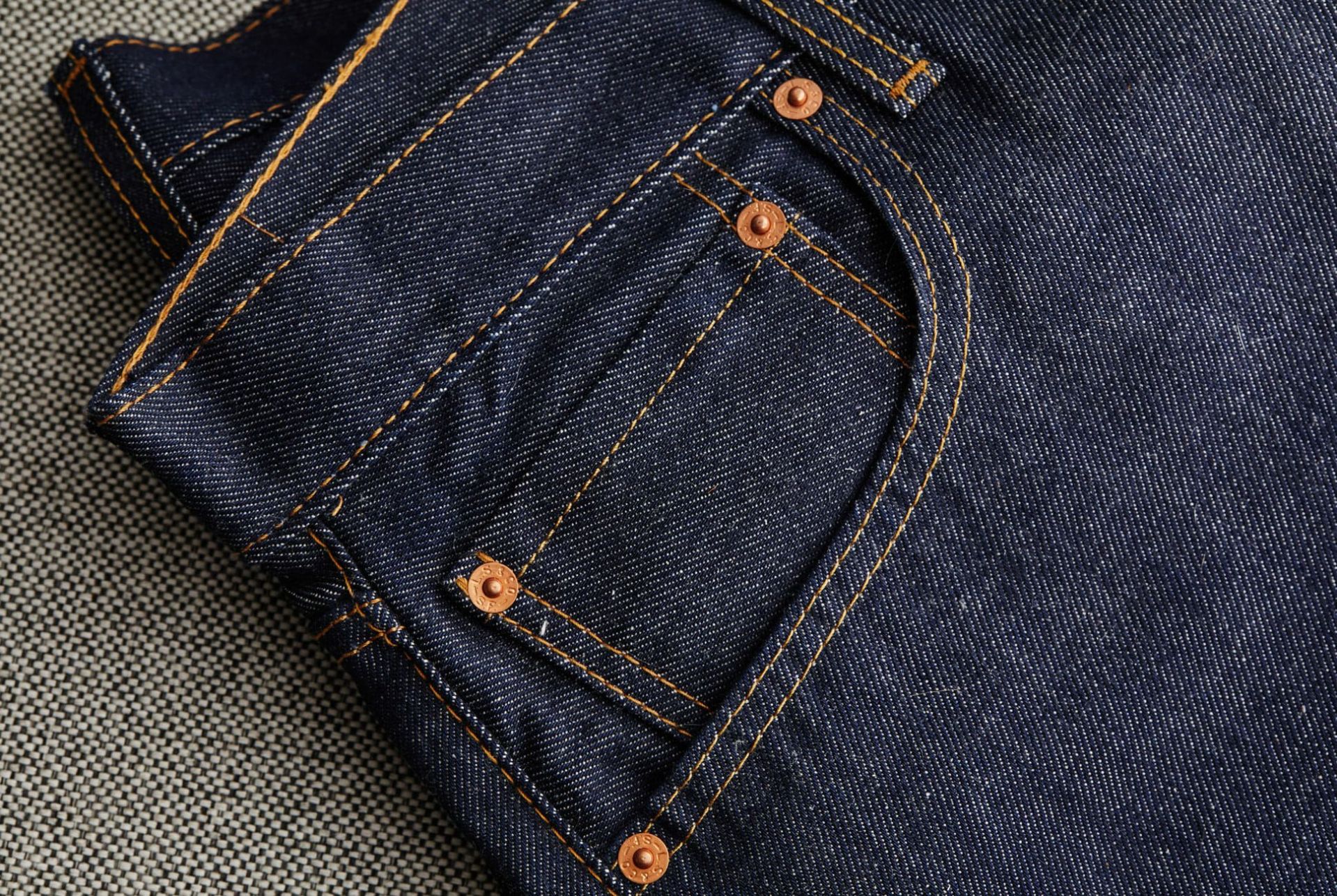It’s worth looking closely at watches: you might discover gobsmackingly minute mechanics or handy features and functions hiding in plain sight. Because watches were developed over centuries for a range of purposes, many also have vestiges of traits that offer fascinating links to the past — but it’s possible to go though life never knowing the reasons behind what’s on your wrist.
That would be a shame, though, because these details can deepen your watch-wearing experience and appreciation, and sometimes even prove useful. Why do some watches have a seconds hand that ticks and others have one that sweeps? What does that odd little fifth pocket in your bluejeans have to do with watches? Did you ever notice that some chronograph watches only count up to 45 minutes? Did you ever wonder why?
These questions, mysteries and more are the focus of our series Further Details, which examines overlooked product elements of all kinds. Here we’ve collected all such content related to watches, so you can dig in to the stories that show how timepieces are so much more than mere time-tellers or fashion accessories.
How to Spot a Mechanical Watch from Across a Room
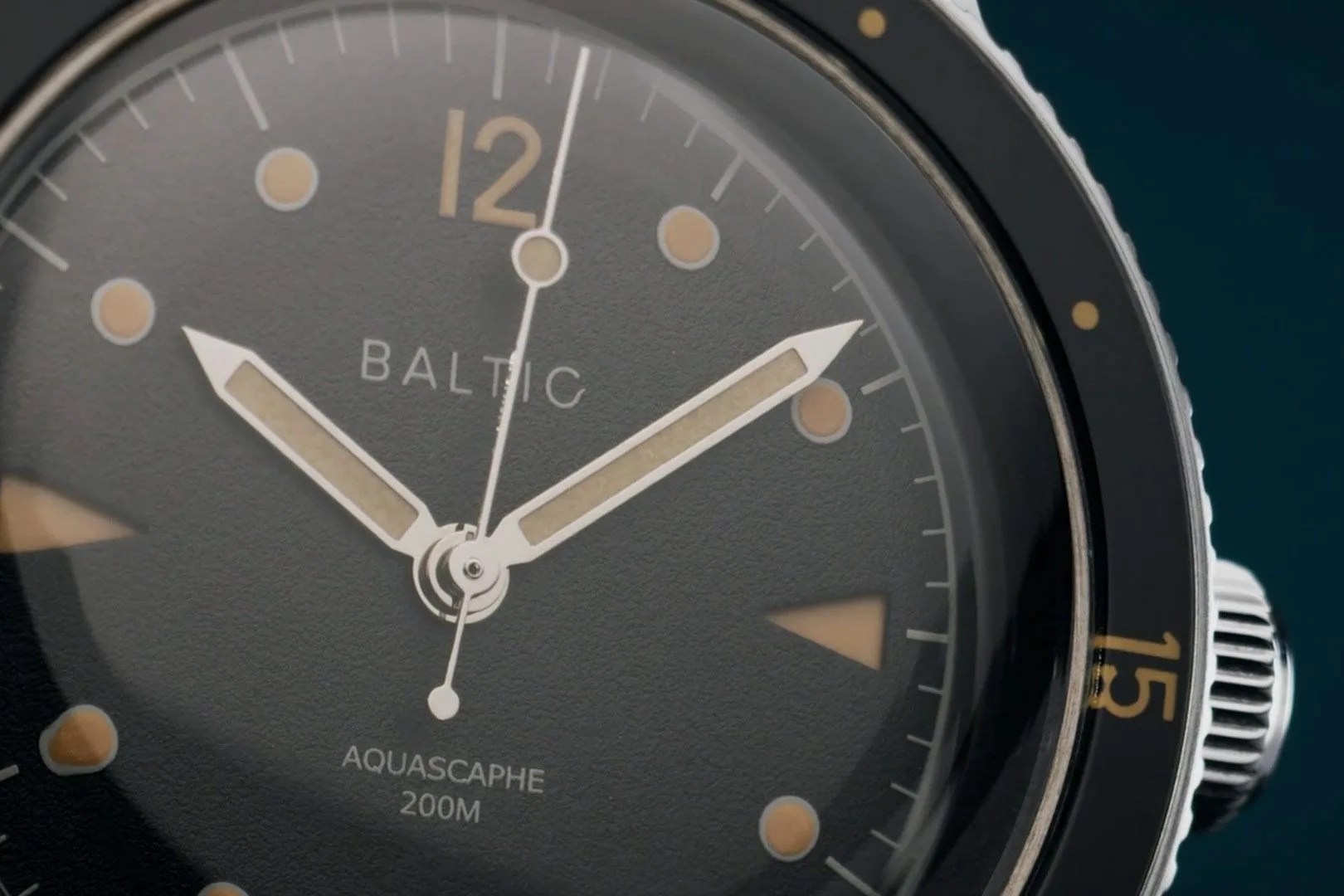 Baltic
BalticIt’s all in the seconds hand.

